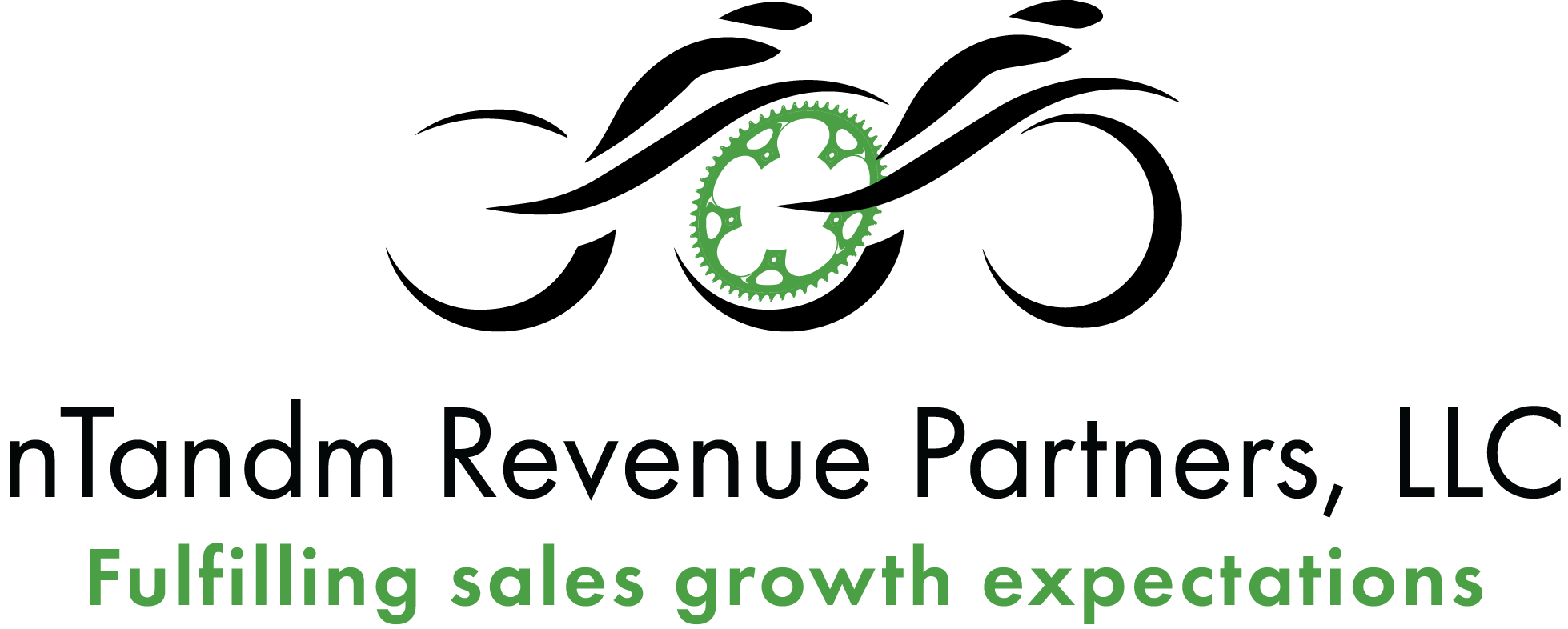Simple Social Media Guide for Small Businesses
By Ijeoma S. Nwatu
Published: June 29, 2016
It’s hard to escape the interest, activity and advantages of social media. Platforms are either constantly evolving. With the changing dynamics of the digital communication space, it’s important to get back to the basics. The key is to remember that social media is at its core a dialogue and conversation. Small businesses can leverage different platforms for a variety of reasons to either expand visibility, increase sales, or inform their audience.
Whether you’ve been active or considering a brand refresh, focus on a few best practices when approaching social media.
Sometimes, less is more. Facebook, Snapchat, Twitter, Instagram, LinkedIn, Pinterest. The list goes on. Managing social media – from the content to the execution–takes effort and time. If you do not have the resources to managing multiple accounts, think wisely in which ones you will invest in. Depending on the size, location and industry of your business you might focus on more visual platforms like Instagram, Snapchat and Pinterest. Get creative in showcasing behind-the-scenes snaps of your restaurant or interview clips with the craftsman building your next project. If your business relies heavily on sales and is in a very professional line of work, using LinkedIn would be appropriate.
Timing matters. In 2012, Oreo got it right during the National Football League’s biggest game when it aptly time tweeted, “you can still dunk in the dark”. Earlier this year, when Beyoncé released a new song and video with a mention of Red Lobster, the brand wasn’t as timely. These social media cases are incidents of timing and how you a business, big or small, has to be ready to respond. Staying ahead of the curveball means knowing what type of content and stories to react to, maintaining a social media plan in the event of a communications crisis or an opportune moment and having a staff person and/or software to monitor social activity. You never know when opportunity strikes–timing is everything.
Check the numbers. Social media is a two-way street and therefore social marketing is not simply broadcasting products and services. When testing new marketing ideas and campaigns, review platform analytics. Facebook Insights and Twitter Analytics, to name a few, have built-in data to show you information such as the audience demographics and the highest engaging content. Cross reference your tactics and plan with analytics and adjust accordingly. If you decide to incorporate paid posts or other advertising, it will be essential to determine and analyze your benchmarks, metrics and outcomes. don’t take yourself too seriously, have a little fun!
Graphic - Our customers/revenue engine/nTandm
Contemplating equity event/company sale
Need aggressive expanded organic growth
Focus on the finish line (short-term investments)
Current process doesn’t scale
Current sales underperforming
Undermotivated/nonexistent sales force
Need for brand consolidation/integration
Customer management role confusion
Sales/Ops role conflict
Private equity firms with underperforming portfolios
Refined Revenue engine
Plan that synchronizes strategy, processes, content, technology, and analytics to maximize sales growth
nTandm creates the refined revenue engine by
Analyze
Plan (12-18 mos)
Install (us in company)
Implement (directly with current personnel)
Exit with sustainable S/M processes in place
